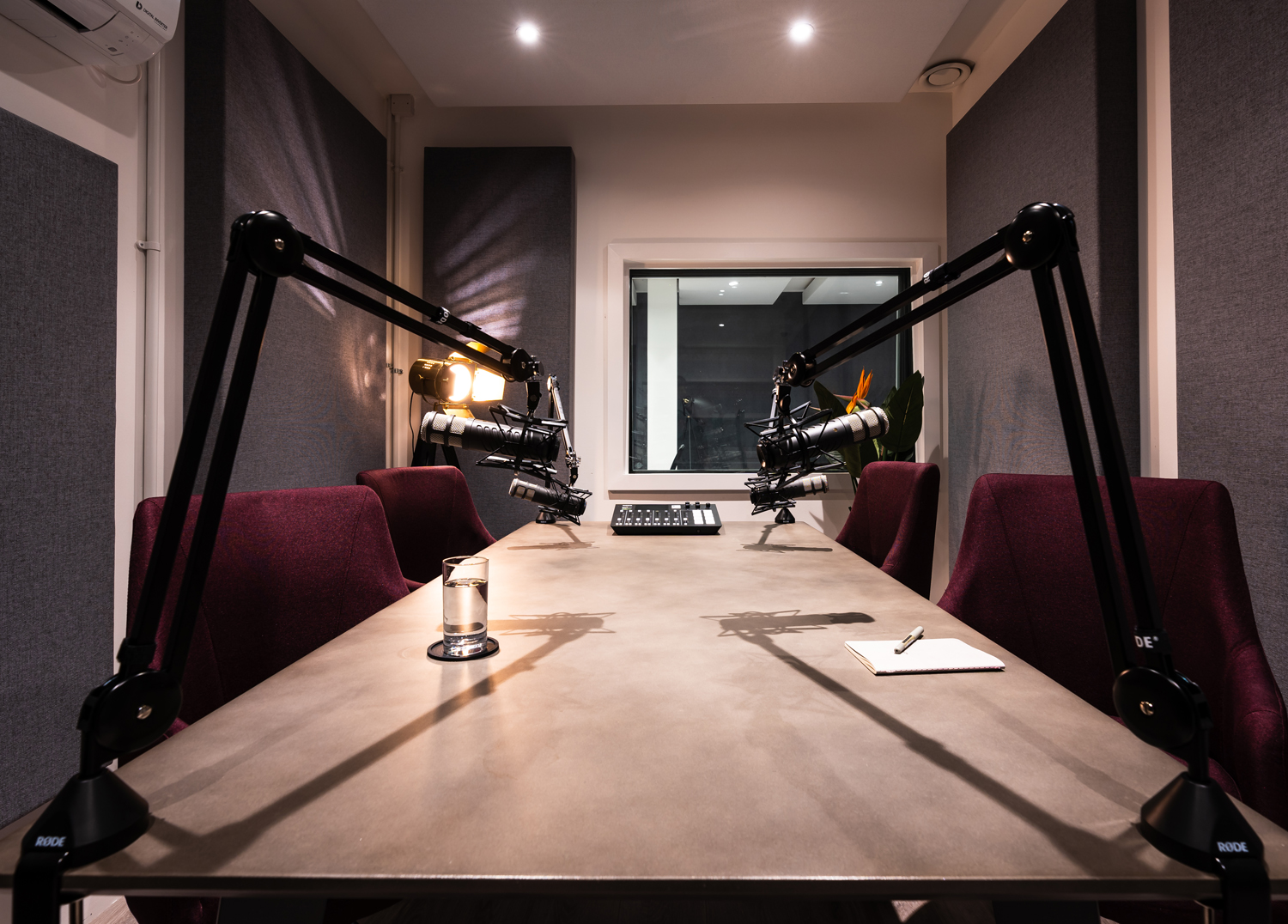

Or, you could drape a duvet over a clothes rack and get inside it with your microphone. Here, you can pop your mic into a cat bed or surround it with pillows. Instead of worrying about the sound of the room as a whole, create a small ‘studio’ around yourself and your audio equipment. This might simply be the best sounding (softest furnished) room in your house, or it might be a walk-in wardrobe full of hanging clothes. Whether you share the house with your family or flatmates, or you simply don’t have the space, a permanent setup isn’t an option for everyone. There are numerous reasons why you might not be able to create your own dedicated podcast room or podcast home studio. For most people, improvisation is key… If you own a duvet, you already have a home podcast studio! Improvising Your Home Podcast Studio Think of the way your voice sounds in the bathroom, compared to in the bedroom.įinding the best sounding room or podcasting space in your house is a great starting point if it isn’t possible to get a dedicated podcast room set up. On the other hand, a room with a lot of soft and furnished surfaces will prevent that from happening. A room with a lot of hard and bare surfaces will have your voice bouncing around like a pinball machine. Here we need to focus on the sound quality of the space, and choose a space to find characteristics of a recording studio rather than a squash court.Įxcessive reverb or echo on your voice can make your show sound amateurish. Find out more » Acoustics & Reverbīuying a top of the range podcast microphone or premium podcasting gear is all well and good, but if you’re recording your show in a bathtub it’s still going to sound bad. Here’s how to get those annoying echo sounds under control. Nobody wants to listen to a podcast that sounds like it was recorded down a well. What Is Reverb & How Do I Fix It? Acoustic Treatment Guide To “sound treat” a room means you are going to improve the audio quality within that room. We’ll talk about soundproofing further on. But that isn’t going to have any impact on noise bleeding through from outside. There’s a misconception that by putting up some foam acoustic tiles on a wall you’re “soundproofing” the room. To “soundproof” a room means you are isolating it from any unwanted external noise elsewhere in the building. There’s a big difference between sound “proofing” and sound “treatment”. You don’t need to get in there with it… Sound Proofing, Or Sound Treatment?įirstly, it’s worth clarifying something that many podcasters tend to get confused over.

Let’s kick off by looking at a few terms you’ve probably heard before… Relax, you only need to put the mic in the cat bed. After all, we don’t want poor sound to get in the way of doing what matters most – actually launching your show. The aim is to get you recording pro-sounding audio as soon as possible, and for as little money as possible. In this article, I’ll run you through the key considerations and various options when it comes to setting up your own home recording space. The bottom line is that creating a pro-sounding home podcast studio is possible, no matter how small your budget or house space. For others, it means a USB mic sitting in a cat bed (more on this later!). For some, it means soundproofed walls, a large sleek padded table, and multiple mics running onto a mixer. The term “home podcast studio” can mean different things to different people.


 0 kommentar(er)
0 kommentar(er)
